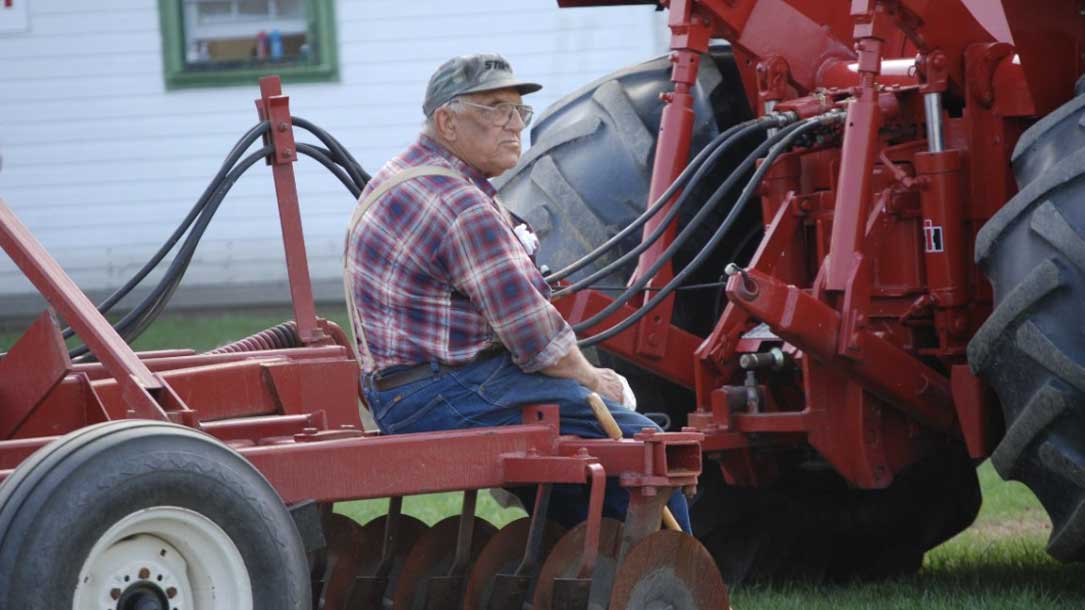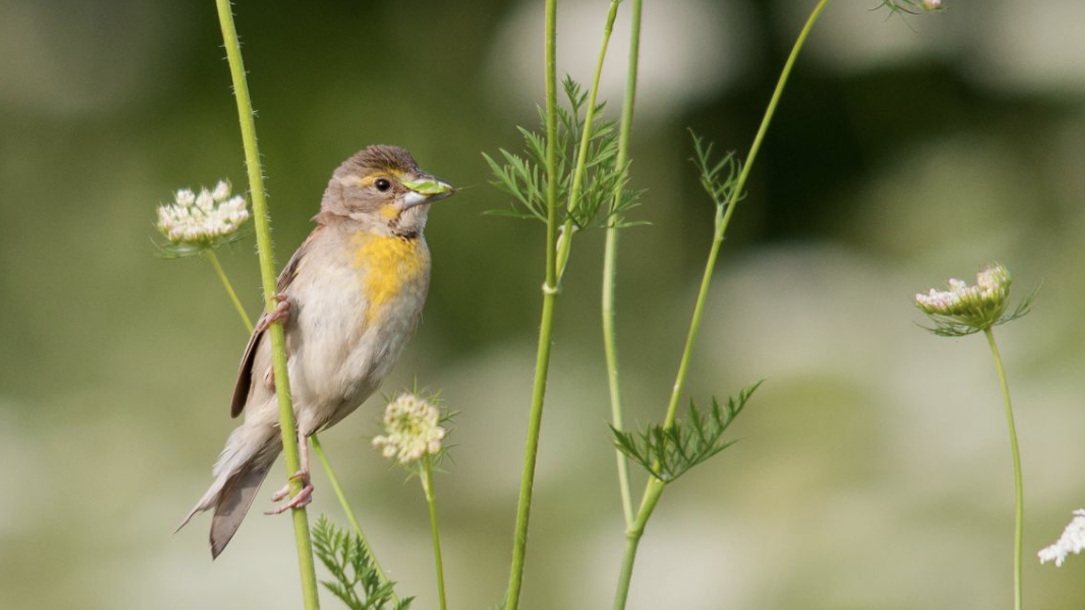Home > Climate News >

USDA: Feed grains sector at a glance
The major feed grains are corn, sorghum, barley, and oats. Corn is the primary U.S. feed grain, accounting for more than 95 percent of total feed grain production and use.
- The United States is the largest producer, consumer, and exporter of corn in the world.
- On average, U.S. farmers plant about 90 million acres of corn each year, with the majority of the crop grown in the Heartland region.
- Most of the crop is used domestically as the main energy ingredient in livestock feed and for fuel ethanol production.
- Corn is also processed into a multitude of food and industrial products including starch, sweeteners, corn oil, and beverage and industrial alcohols.

Corn and soybean production up in 2021, USDA Reports, Corn and soybean stocks up from year earlier, Winter Wheat Seedings up for 2022
WASHINGTON, Jan. 12, 2022 – Increased acreage and higher yields for corn and soybeans led to record high soybean production and near-record high corn production, according to the 2021 Crop Production Annual Summary released today by the U.S. Department of Agriculture’s National Agricultural Statistics Service (NASS).

New research — Climate change in the American mind: Beliefs & attitudes, December 2022
Yale Program on Climate Communication’s most recent research describes Americans’ beliefs and attitudes about global warming. You may find some of this surprising.
Majorities of Americans are worried about harm to their local area from…

Biden-Harris administration announces availability of Inflation Reduction Act funding for climate-smart agriculture nationwide
[Jargon alert, the article will explain more]
The IRA funding includes an additional $8.45 billion for EQIP, $4.95 billion for RCPP, $3.25 billion for CSP, and $1.4 billion for ACEP. The increased funding levels begin in fiscal year 2023 and rapidly build over four years. These additional investments are estimated to help hundreds of thousands of farmers and ranchers apply conservation to millions of acres of land.
Additionally, the IRA provides $300 million to quantify carbon sequestration and greenhouse gases (GHG) through the collection and use of field-based data to assess conservation outcomes. Information gained through this effort will be used to….

Climate change presents a mismatch for songbirds’ breeding season
Spring is the sweet spot for breeding songbirds in California’s Central Valley — not too hot, not too wet. But climate change models indicate the region will experience more rainfall during the breeding season, and days of extreme heat are expected to increase. Both changes threaten the reproductive success of songbirds, according to a study from the University of California, Davis…

Largest urban forest carbon credit purchase to support conserving land
The largest urban forest carbon credit sale in the nation, as of 2021, will support land conservation in the southwestern Pennsylvania region by Allegheny Land Trust.
This significant purchase increases the capacity of the land trust to conserve and care for more crucial green space in southwestern Pennsylvania…

The science of solar-pollinator habitat: a fact sheet
Land trusts and community groups can help their communities understand how the design, implementation, and management of solar fields can work to enhance biodiversity and pollinators as well as farming and ranching. In this case, a recent fact sheet by the AgriSolar Clearinghouse provides useful information share.

Land trust works with partners to complete forest-thinning project in Angwin
The Land Trust of Napa County, California State Coastal Conservancy, Napa County Resource Conservation District (Napa RCD), and the Natural Resources Conservation Service are pleased to announce completion of a large fuels reduction and forest health project on the Land Trust’s Linda Falls Preserve in Angwin, CA.
This preserve is open to the public and many visitors come to the property to hike and see Linda Falls, a waterfall along Conn Creek.
The project involved thinning the forest across 120 acres. The thinning is aimed at both reducing the risks of wildfire along the southeast flank of the community of Angwin and increasing the resilience of the forest to fires, drought and other effects of climate change.
Angwin is one of the few areas in the hills of Napa County that has not burned in the last five years so wildfire risk reduction there is a priority for CAL FIRE, Napa Communities Firewise, and Napa County Fire…

How satellite-guided cows might save the Kansas prairie and make ranchers more money
STRONG CITY, Kansas — Third-generation rancher Daniel Mushrush has 30-plus miles of barbed wire fence to tend to.
Calves wriggle beneath it. The wires get loose. Wild animals take a toll. And when streams surge after storms, rushing water often snaps sections in two.
For Mushrush and his family, the fence-mending on their Flint Hills ranch never ends. It’s inescapable.

Climate change threatens the Great Plains, but bison may hold a key to resilience
“The 8,600-acre Konza Prairie Biological Station where Kansas State conducts its bison research lies in the Flint Hills, North America’s biggest remaining stretch of tallgrass prairie.
Once one of North America’s major ecosystems — covering large swaths of the Great Plains from what is today central Texas to south-central Canada — settlers and their descendants destroyed more than 95% of the continent’s tallgrass prairie for cropland and other development. Tallgrass in the Flint Hills escaped the plow only because the region’s shallow soil and rocky layers made farming less practicable there…
Bison act and eat differently than cattle do, though biologists say not all the differences are clear yet. Few studies compare these two bovine herbivores side by side.
Still, a few differences jump out. The bigger species not only eats more grass, it also spends less time along streams than cattle do and more time on hilltops…”
Cattle may not boost plant biodiversity on the prairie as much as bison do, but The Nature Conservancy thinks it’s possible to manage them in ways that support healthier grassland.
They are working with a Flint Hills cattle rancher near Strong City in Kansas, along with Kansas State scientists, to see how fitting a herd with GPS collars might help….












